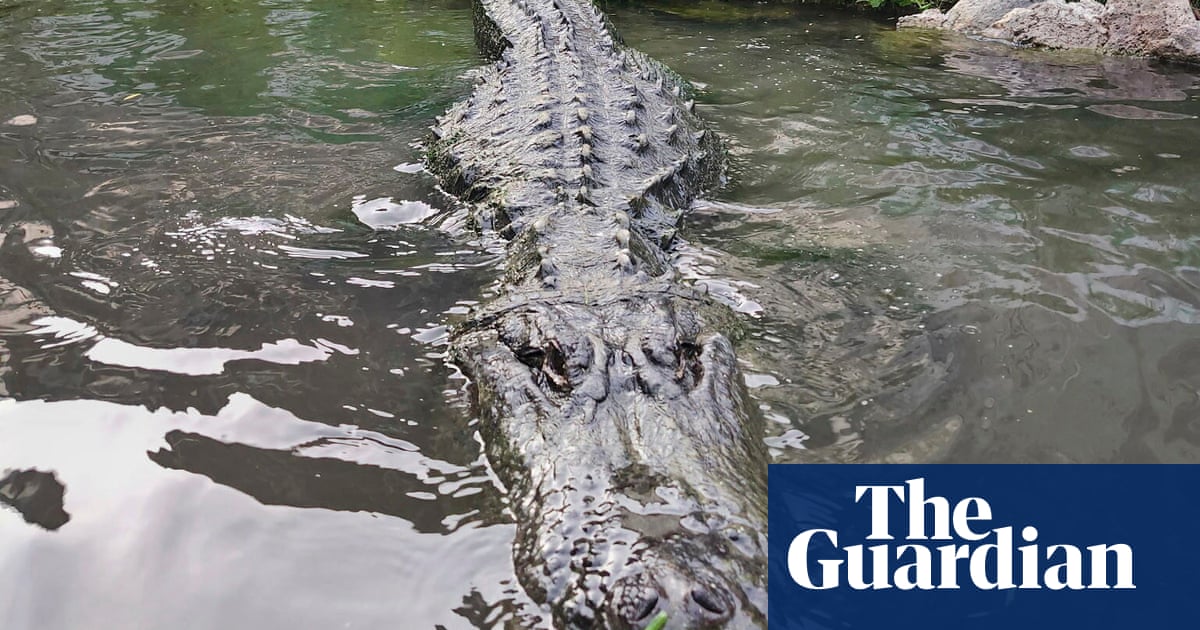Europe dismantled 542 river-blocking dams, weirs, culverts and sluices in 2024, a report has found, helping a record number of waterways resume their natural course.
The number of removals grew 11% from the year before, according to an annual report from Dam Removal Europe.
It found 23 countries had removed a river barrier last year, four of which – Bosnia and Herzegovina, Croatia, Czech Republic and Turkey – did so for the first time.
Jelle de Jong, the chief executive of WWF Netherlands, said the rise in removals showed that communities and governments were increasingly seeing the benefits of reconnecting and restoring rivers.
“Healthy, free-flowing rivers are central to adapting to the climate crisis and boosting biodiversity, but Europe’s rivers are the most fragmented in the world,” he said. “We need to keep scaling up the removal of small obsolete dams that are blocking our rivers and set new records every year.”
Europe’s waterways are fragmented by 1.2m barriers, tens of thousands of which are thought to be old and obsolete. Ecologists suggest the damming of rivers is a significant driver of the 75% decline in the continent’s freshwater migratory fish population that has been observed since 1970.
The report found Finland removed the most barriers, totalling 138 removals, followed by France at 128, Spain with 96, Sweden 45 and the UK at 28.
The partially restored rivers include the Giovenco in Italy, where five removals have let a 7-mile (11km) stretch of river run wild for the first time in decades; the Rulles and Anlier catchments in Belgium, where 11 impassable culverts have been replaced with bridges to protect the pearl mussel, which is critically endangered in the EU; and the Torne in Sweden and Finland, where almost 400 barriers are being removed in a watershed the size of Switzerland.
The researchers from Dam Removal Europe, a coalition of environmental groups pushing to restore the free-flowing state of rivers and streams, said the lack of centralised databases meant their figures probably underestimated the number of removed river barriers.
Culverts and weirs, which are more likely to be old and obsolete, made up 90% of the removed barriers, according to the report. It found 65% of barriers were less than 2 metres tall, making them cheaper and easier to remove than bigger structures.
after newsletter promotion
The EU has committed to restoring 25,000km of river to a free-flowing state by 2030 after passing a bitterly contested law to restore nature last year. Member states must agree an action plan by the middle of 2026 outlining how they will meet the targets.
A study published in the journal Nature in 2020 found no catchments in Europe were free from artificial barriers, and that hydropower dams were being planned in the few relatively unfragmented rivers. The researchers concluded that achieving the river restoration goal would require a “paradigm shift” that recognised the widespread impact that small barriers had on ecosystems.

 6 hours ago
2
6 hours ago
2

















































